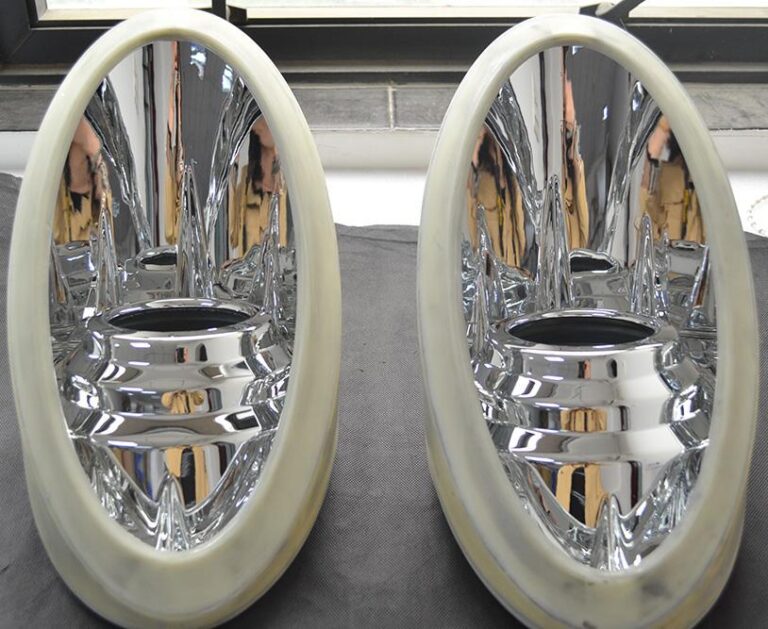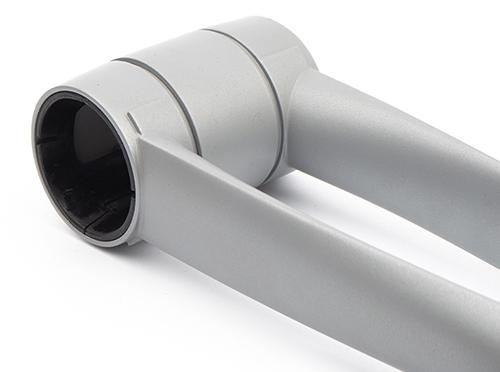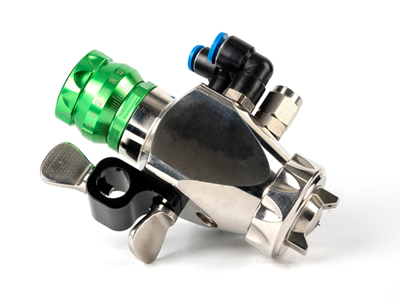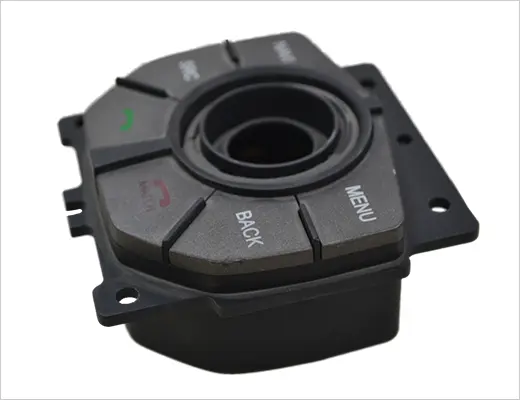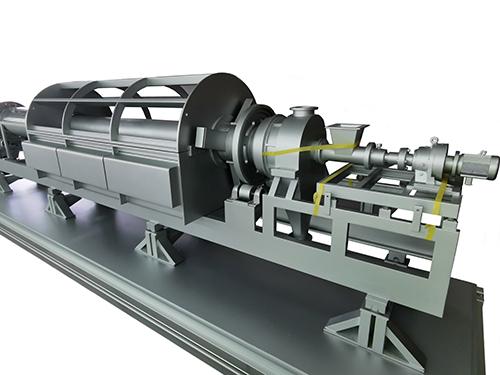
Case Details
Name: Rapid prototyping for heavy industrial machinery and equipment
Industry/Classification: Other
Processing: SLA curing
Material: Resin
Maximum Accuracy: 0.05mm Production
Cycle Time: 7 days
Product Size: 120cm*50cm*60cm
Post-processing: Oil Spraying
Case Introduction
SLA (Stereolithography) 3D printing technology is a high-precision method suitable for modeling heavy industrial machinery and equipment. The following are some of the advantages of using SLA 3D printing technology to produce rapid prototyping of heavy-duty industrial machinery and equipment:
High precision and resolution: SLA printing technology is able to produce rapid prototyping with fine details and smooth surfaces, which is essential for demonstrating the precise structure and function of machinery and equipment.
Variety of material choices: SLA printing typically uses photosensitive resins as the material, which have good mechanical properties and chemical resistance, making them suitable for use in the production of durable industrial models.
Structural complexity can also be printed: SLA technology is capable of printing complex internal structures and moving parts, which is useful for modeling heavy mechanical equipment.
Size Flexibility: SLA printers are available in a wide range of sizes, allowing models to be printed in a variety of sizes, from small parts to large equipment components, as needed.
Suitable for prototyping: Models printed by SLA can be used to validate design concepts, for functional testing or as rapid prototyping of the final product.
rapid prototyping models
Easy access to resources: 3D models in Solidworks format can be downloaded through professional 3D resource websites for direct use in SLA printing.
Reference value: High-quality SLA printing models can not only be used for demonstration, but also for mechanical design students as learning and reference.
To summarize, SLA 3D printing technology is ideal for making rapid prototyping models of heavy industrial machinery and equipment, which can provide high-precision and high-resolution models for a variety of application scenarios, including design verification, education and learning, and product demonstration.


